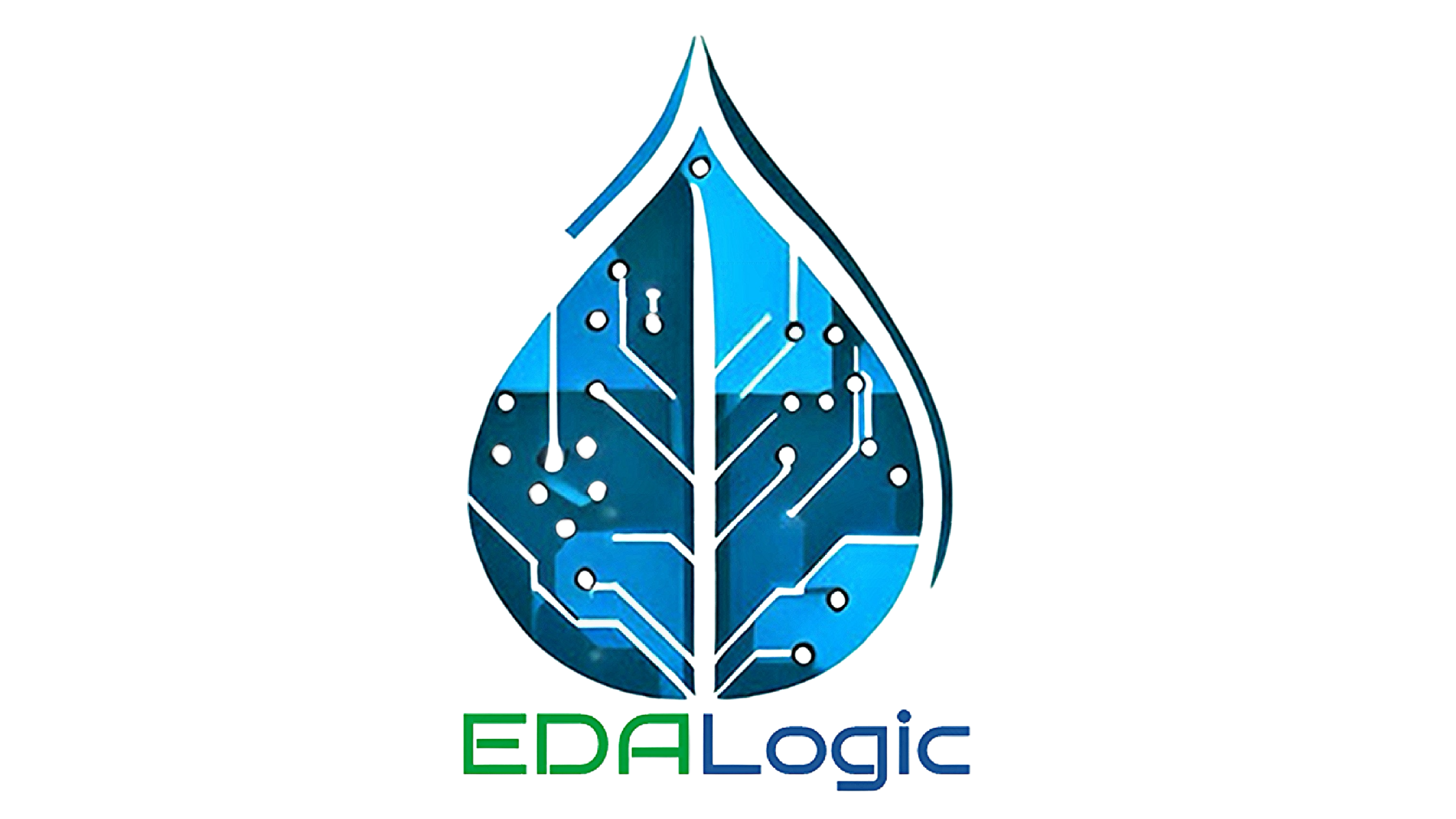Precision and Progress: How Electronic Design Automation is Transforming Healthcare
In a world where technology's impact on healthcare continues to expand, Electronic Design Automation (EDA) is emerging as a key catalyst for transformative advancements. As the healthcare landscape evolves, the synergy between EDA and medical innovations is reshaping patient care, diagnostics, and treatment options. In this article, we delve into the realm of EDA-driven healthcare advancements that are revolutionizing the way we approach wellness.
EDA, a discipline traditionally associated with chip design and electronics, has transitioned seamlessly into the healthcare arena. Its precision-oriented tools and methodologies are now steering the development of groundbreaking medical technologies.
Medical imaging stands as a prime example of EDA's impact. Cutting-edge imaging modalities, from magnetic resonance imaging (MRI) to computed tomography (CT), heavily rely on sophisticated electronic components. EDA optimizes the design of these hardware components, resulting in enhanced image quality, reduced scan times, and refined diagnostic accuracy.
Implantable medical devices, like pacemakers and neurostimulators, have reached new heights of sophistication with EDA. These devices, once bulky and power-hungry, now benefit from EDA's prowess in energy-efficient design. The result: smaller, longer-lasting devices that enhance patient comfort while delivering optimal performance.
Wearable health technologies have surged in popularity, offering real-time health monitoring. EDA's contributions to these devices extend beyond functionality, focusing on energy efficiency. By optimizing power consumption, wearables are better equipped to provide continuous health insights without frequent recharging.
The rise of telehealth and remote patient monitoring, especially during the pandemic, has demonstrated the value of EDA in healthcare. Devices equipped with EDA-driven technology enable seamless transmission of vital health data to healthcare professionals, ensuring timely interventions and reducing hospitalizations.
Precision medicine, a revolutionary approach to treatment, harnesses the power of genomics to tailor therapies to individual patients. EDA tools expedite the complex process of DNA sequencing and analysis, providing insights that guide personalized treatment strategies. This approach minimizes adverse reactions and maximizes treatment efficacy.
EDA's impact extends to drug discovery, a process fraught with challenges. Computational simulations enabled by EDA aid in predicting drug interactions, accelerating the development of potential therapies. Moreover, EDA is pivotal in designing lab equipment that enhances research efficiency, streamlining the path from discovery to clinical trials.
However, the EDA-healthcare partnership is not without challenges. Regulatory compliance, patient privacy, and ethical considerations remain paramount. Striking a balance between technological innovation and patient welfare is a continuous endeavor.
Looking ahead, the future of EDA-driven healthcare advancements is boundless. As technology continues to evolve, EDA will play an increasingly vital role in driving medical breakthroughs. From implantable devices that meld seamlessly with the human body to diagnostics that decode complex genetic information, EDA's influence promises to transform healthcare delivery.
In conclusion, the intersection of Electronic Design Automation and healthcare is poised to reshape the way we perceive and manage wellness. With EDA's precision and healthcare's mission to enhance lives, a promising journey unfolds—a journey where technology and medicine collaborate to unlock a healthier world.
Stay connected with our blog for more insights into the dynamic relationship between EDA and healthcare advancements.

